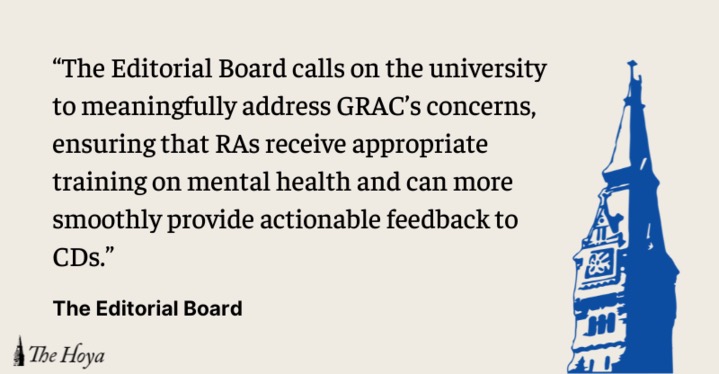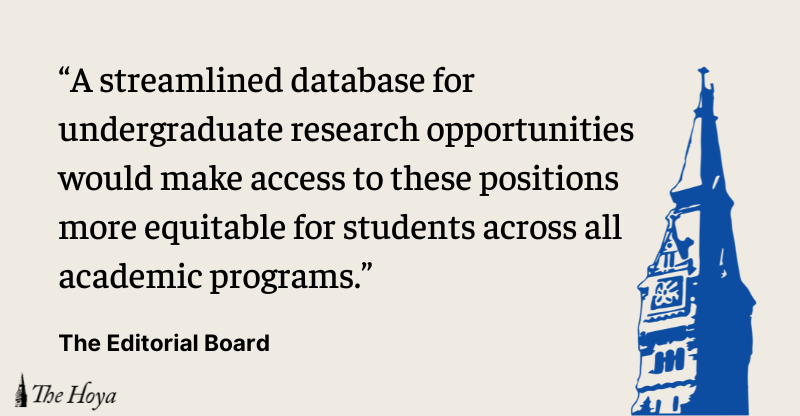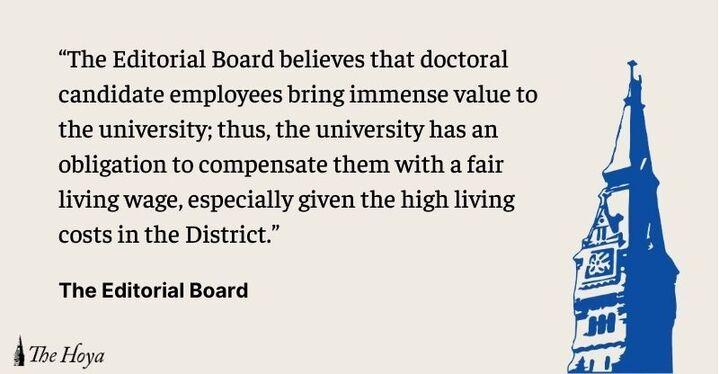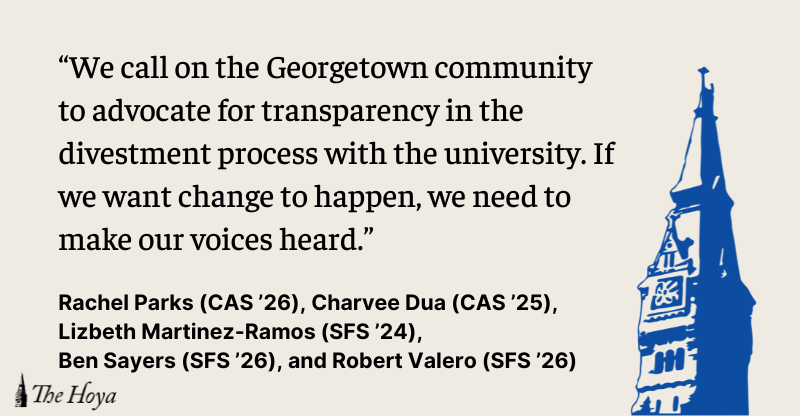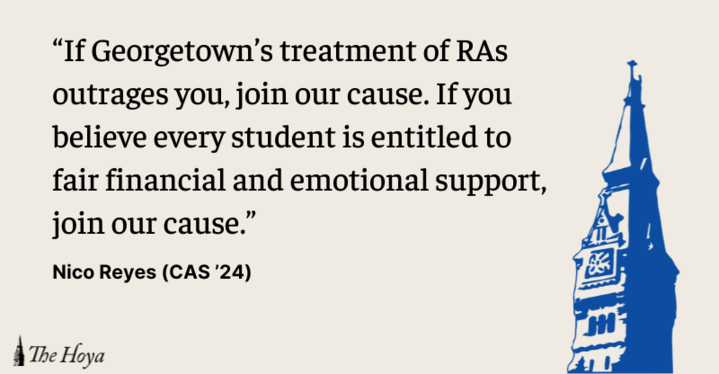
Especially in disciplines like English, history and philosophy — in which participation is a major part of a course yet is weighted insignificantly compared to papers and exams — faculty have noticed this trend. Many explain in syllabi that they will use participation or another qualitative measure as a type of tiebreaker to decide cases that are on the edge of two different letter grades.
While this accommodation seems to aide those dedicated students who deserve the benefit of the doubt when it comes to grading, this practice defeats the purpose of a professor outlining a concrete grading policy and introduces an equally frustrating subjective element to grading.
Clarity in grading policy is important because it allows students to make informed decisions regarding their academic progress and time investment. Students understand how much effort goes in to their grades and should thus have accurate expectations of what they can get out of the process, a key ingredient in reducing grade anxiety and increasing the tangible connection between the work produced and the subsequent grade received.
Some might argue that professors should have more leeway in deciding grades for their students. But even without this tiebreaker credit, grading is already fraught with subjective elements like essays and percentage-based participation grades. Further subjectivity risks confusing the students who seek to understand exactly why they have received the grade that they have. Deciding borderline grades through unclear means only increases suspicion of bias, even when it is not warranted and decreases students’ confidence in the grading process as a whole. If class participation is to be taken into consideration, it should represent a specific portion of the grade, not a discretionary amount.
Fairly or unfairly, any part of the grade that is seen as up to the whim of the professor will be taken as a portion of the grade that reflects how much the professor likes any particular student, rather than the scholarship a student has produced. Making the grading process formal and quantifiable is an excellent solution to these worries — a solution that should not be watered down, even for borderline cases.




